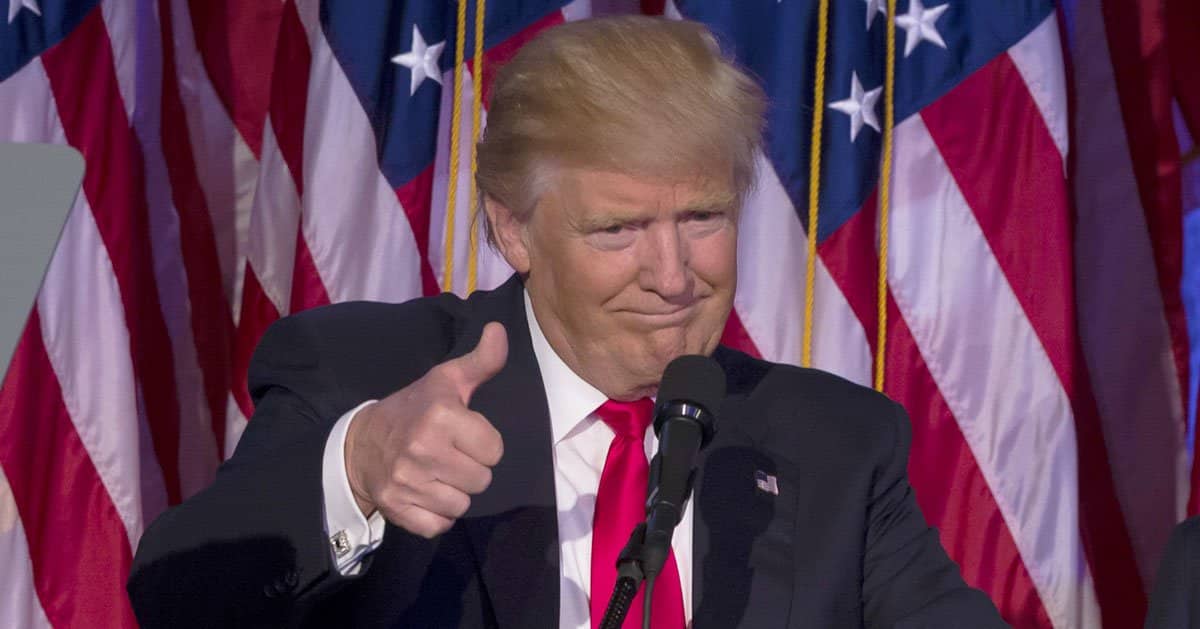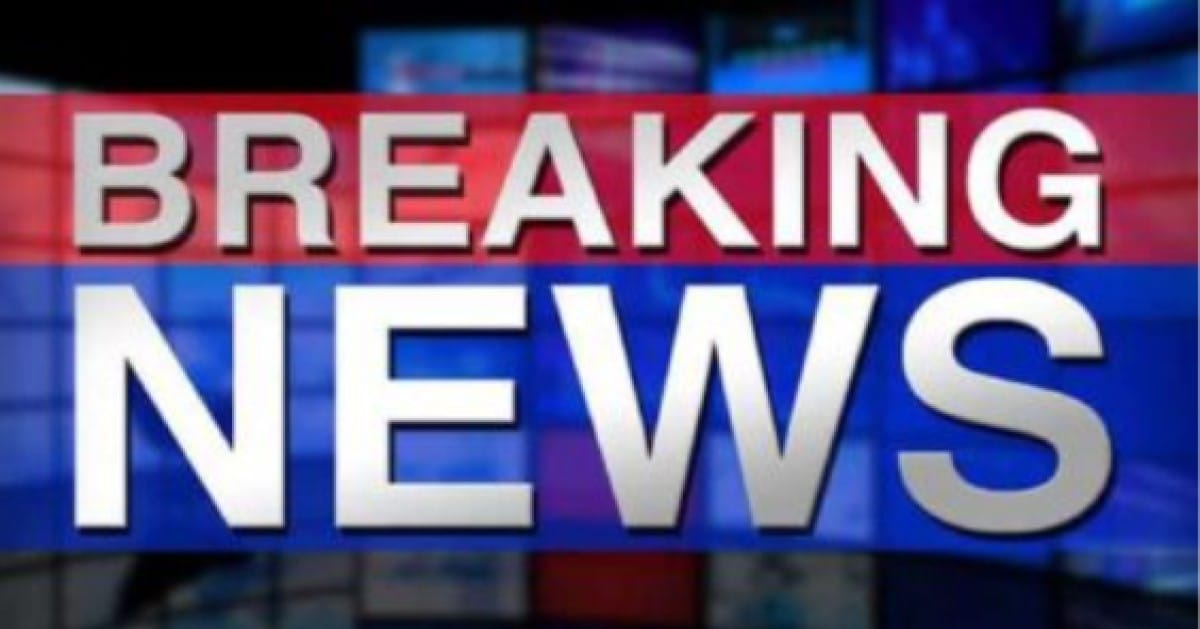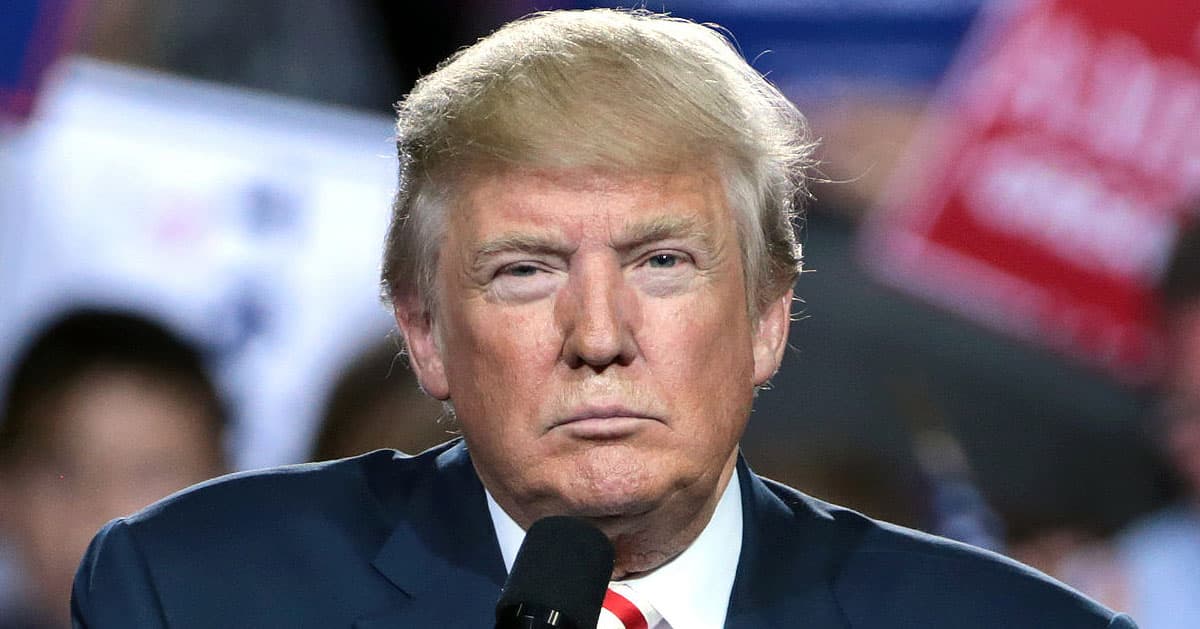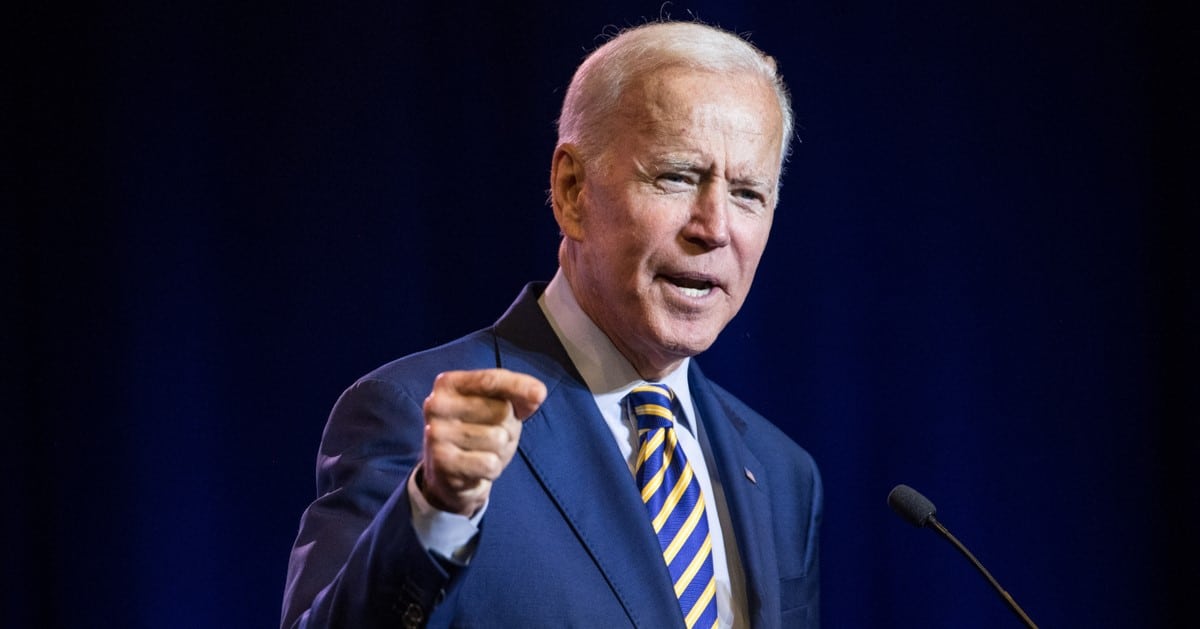




The Wisconsin Supreme Court faces a pivotal moment as it delves into a case challenging the controversial Act 10, which drastically reshaped collective bargaining rights for public sector employees while a longstanding member, Justice Brian Hagedorn, steps aside.
The Associated Press reported that the court’s composition is shifting after Justice Hagedorn announced his recusal from deliberations, given his previous involvement in creating and defending the statute.
In 2011, Act 10 emerged as a flashpoint in Wisconsin politics, heralding significant transformations in union rights under the tenure of then-Governor Scott Walker.
Hagedorn, who was instrumental in formulating the law as the governor's chief legal counsel, found his impartiality in question.
His withdrawal leaves the court’s liberal faction with a slim majority. However, it also underscores the challenging ethical considerations faced by justices who have intertwined past career roles intersecting with subsequent judicial responsibilities.
Amid the atmosphere of heightened scrutiny and public attention, the Republican-led Legislature has also voiced requests for the recusal of Justice Janet Protasiewicz. Her previous expressions of opposition toward Act 10 raise the possibility of perceived bias in the current legal proceedings.
Protasiewicz has yet to clarify her stance on whether she will voluntarily step back from the case.
Nonetheless, even if she accedes, the court’s balance remains tilted with a 3-2 liberal majority, due to Hagedorn’s absence.
This balance could prove decisive as the justices now prepare to evaluate the tenets of Act 10, following a state circuit judge's determination that the law violates constitutional equal protection clauses by creating categorical disparities among employees.
The lower court ruling, which sought to restore collective bargaining privileges for certain groups, is temporarily suspended pending appeal. Labor unions representing educational institution employees have already petitioned for the Supreme Court to expedite its consideration of the matter, hoping to leapfrog the usual appeals process.
This strategic legal move underscores the urgency and the high stakes perceived by union advocates, who have long contended that Act 10 has diminished worker negotiation powers.
From the perspective of the measure’s proponents, however, Act 10 remains a vital mechanism for local governments to manage expenses more effectively. By adjusting the contributions employees make toward their benefits, they argue that the law helps municipalities maintain fiscal health.
The controversy surrounding Act 10 highlights discrepancies in the treatment of different brackets of public employees, setting apart general workers from those identified as public safety personnel like police and firefighters.
As the Wisconsin Supreme Court reconvenes without Hagedorn, its deliberations are expected to reverberate through political and social landscapes. School representatives and other stakeholders continue to raise concerns about the profound implications for governmental entities and public service officials if Act 10 remains unchanged.
Underpinning these judicial exchanges are fundamental questions about the boundaries of legislative authority and the protections guaranteed under the state constitution.
It is within this complex backdrop that Justice Hagedorn’s decision to recuse himself underscores both personal and judicial integrity. His articulation of conflict was candid, as he acknowledged his inability to maintain impartiality in a case tied so closely to his prior governmental roles.
School workers’ unions and public sector representatives continue to monitor the proceedings closely, aware that the outcome could reshape labor relations for years to come. The broader implications for public institutions and their workforce hinge on which arguments prevail in the high court.
Moving forward, the implications of both judicial approaches and legislative frameworks will be measured not only in legal terms but also in their capacity to balance competing interests and forge a path forward for labor rights in the state.
While the spotlight remains firmly on the judicial correspondences playing out within Wisconsin’s highest court, observers from both inside and outside the state are keenly attuned to the direction in which this legal odyssey will ultimately travel.



